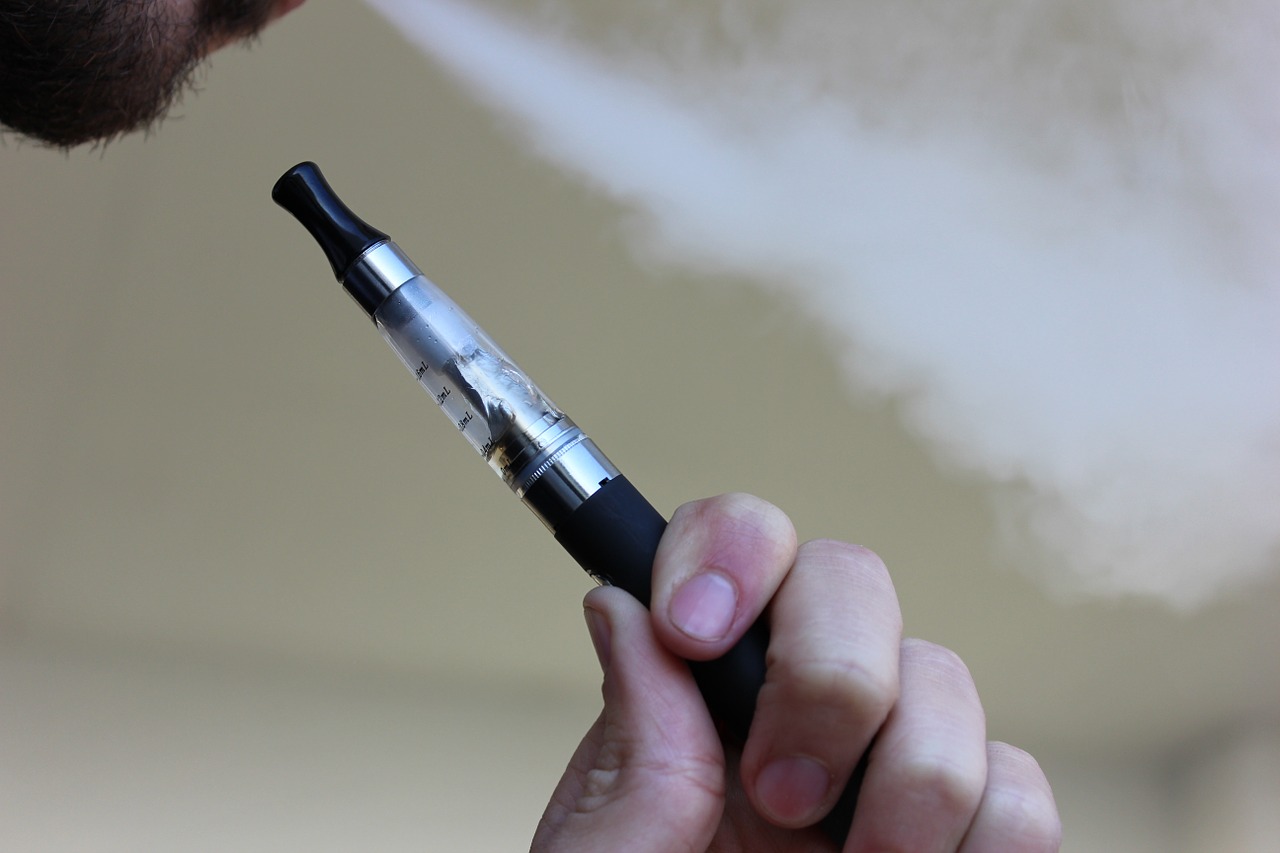While the Wuhan coronavirus has taken the world by storm, a lesser-known vaping epidemic called EVALI has been slowly killing Americans. EVALI is an acute lung injury that results from inhaling aerosols (usually from electronic cigarettes, vape pens, mods or tanks) that fume because of heating liquid or wax versions of cannabinoids, nicotine, flavoring, additives, etc. As of December 2018, the U.S. surgeon general has declared the epidemic a serious threat to public health because of the sudden increase in patients — mostly young adults between the ages of 18 and 34 — being hospitalized for vaping-related injuries; symptoms include shortage of breath and a rise in feverish temeperatures.
As of December 2019, the Center for Disease Control (CDC) has reported that over 40 deaths have occurred as a result of excessive electronic cigarette usage. This trend emerged because of the rapid legalization of cannabis and the surge of social acceptance of vaping culture. This leads to more availability of such products, with many obtaining them from off the street or through other informal mediums.
Vape pens and e-cigarettes contain high doses of THC, CBD or nicotine that can have unpredictable consequences if consumed in excess. THC or CBD strains of marijuana can treat chronic pain and illness but they could also trigger a rapid increase in one’s heart rate, leading to heart palpitations and pulmonary issues. In addition to that, recent research discovered that THC vaping products contain extreme levels of vitamin E acetate. Vitamin E itself is not harmful on its own, but its oil-like properties are connected to the symptoms of pulmonary illness. Meanwhile, nicotine-based cartridge products such as Juuls are known to contain high levels of nicotine that are easily ingestible. They may be less harmful compared to cigarettes, with less toxic chemicals; however, e-cigarettes still possess unknown addictive chemicals that have the same effects of traditional smoking, including cardiovascular disease.
What’s even more astounding is the impact that this has on the youth. Over 5 million middle and high schoolers have started using e-cigarettes. Vaping products are unsafe because marijuana and nicotine use can lead to memory loss and damage to brain development. It also could lead to habits that are hard to kick. Young people using e-cigarettes and vaping products will be more likely to smoke actual cigarettes in the future.
To counter such an epidemic, there have been efforts made through public campaigns to raise awareness of its effects. However, that is not enough. More governmental regulations need to be passed and there needs to be more monitoring by federal agencies over EVALI. The public also needs to take measures to inform themselves of the risks and consequences. Vaping is no longer a cool trend; it’s a serious health epidemic.
















